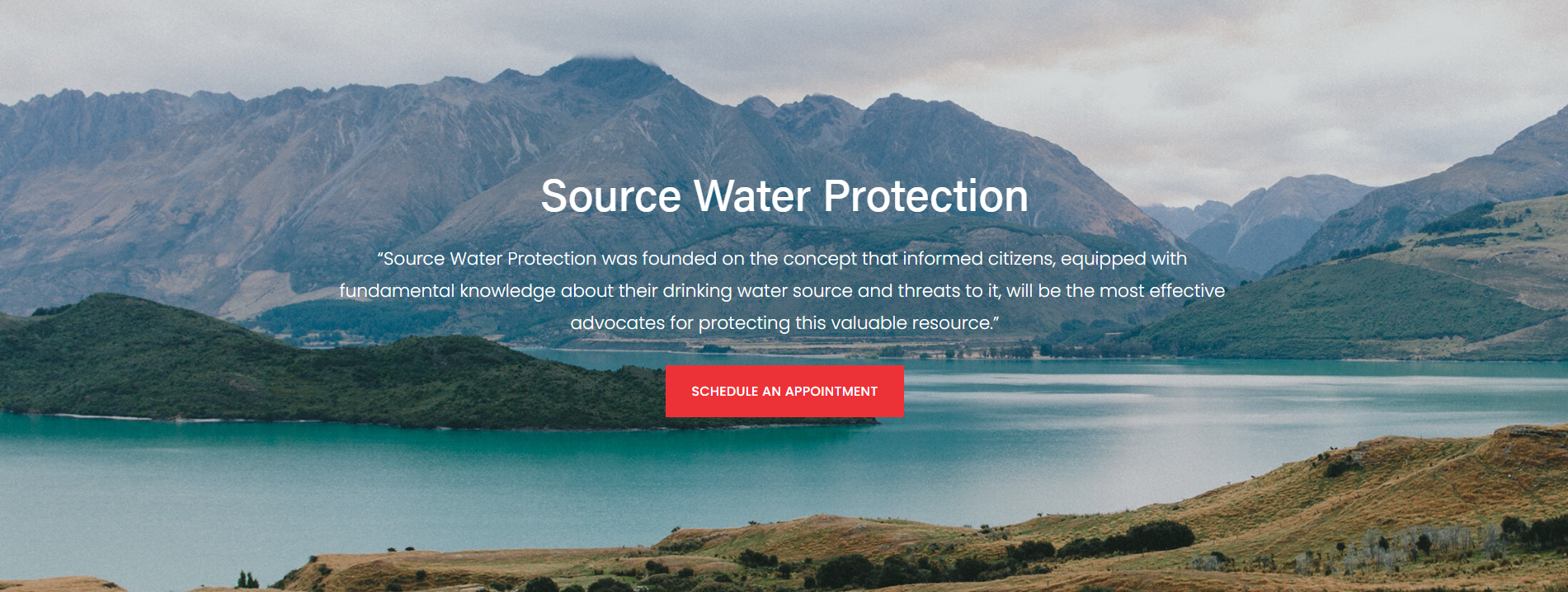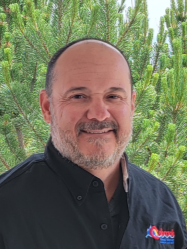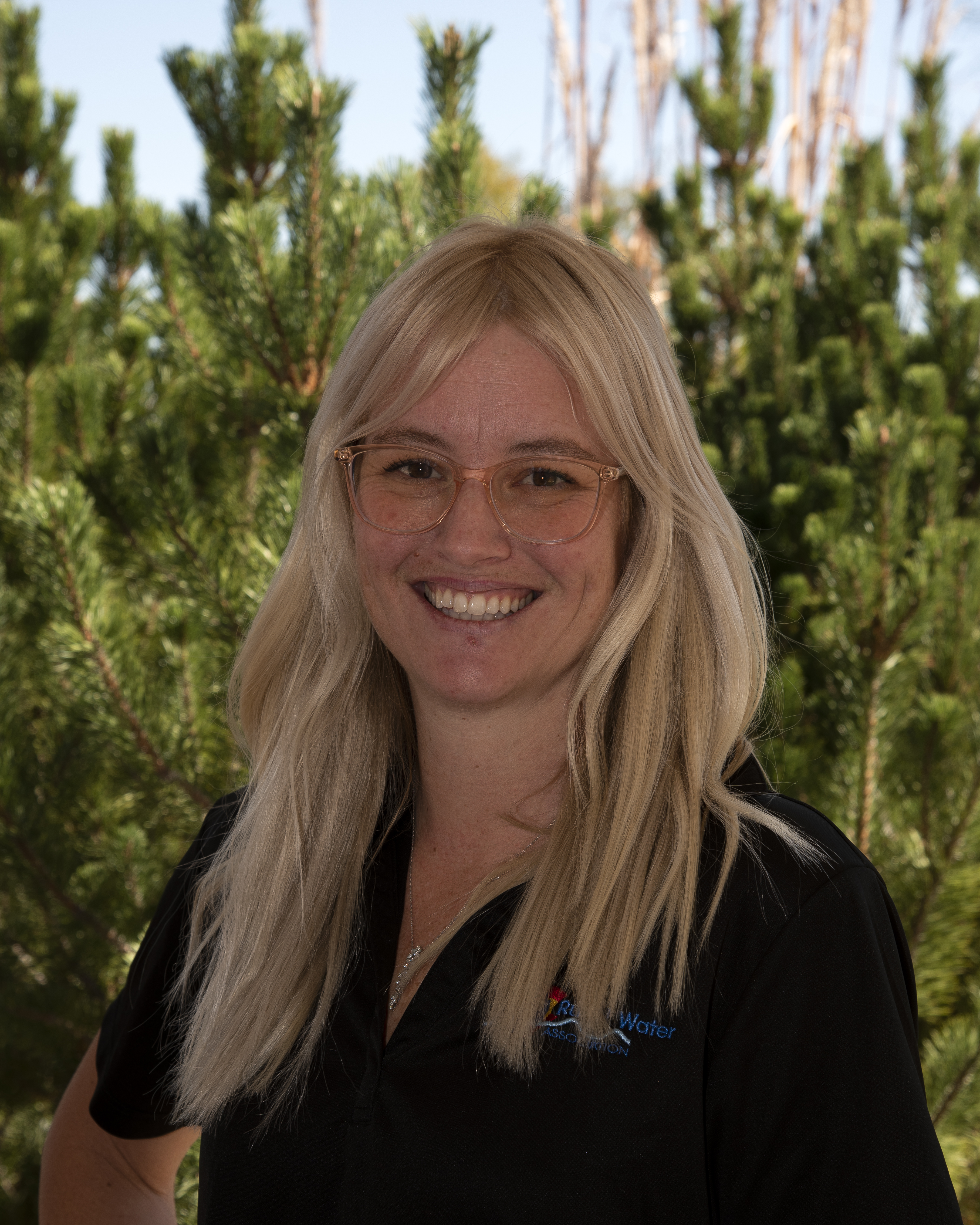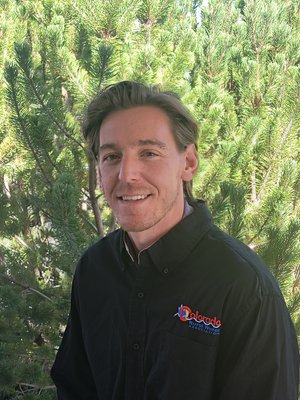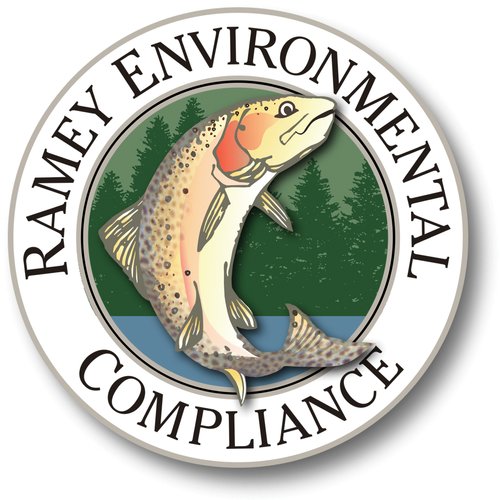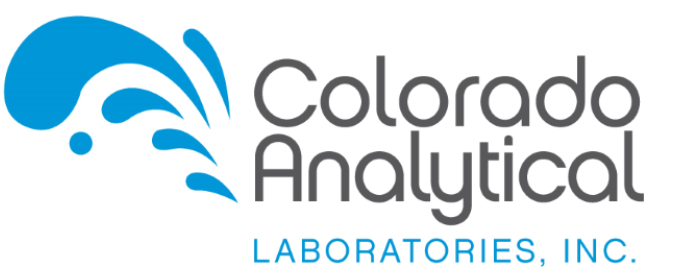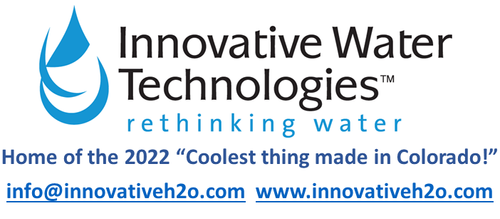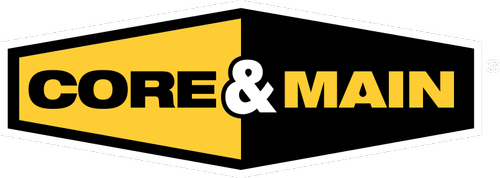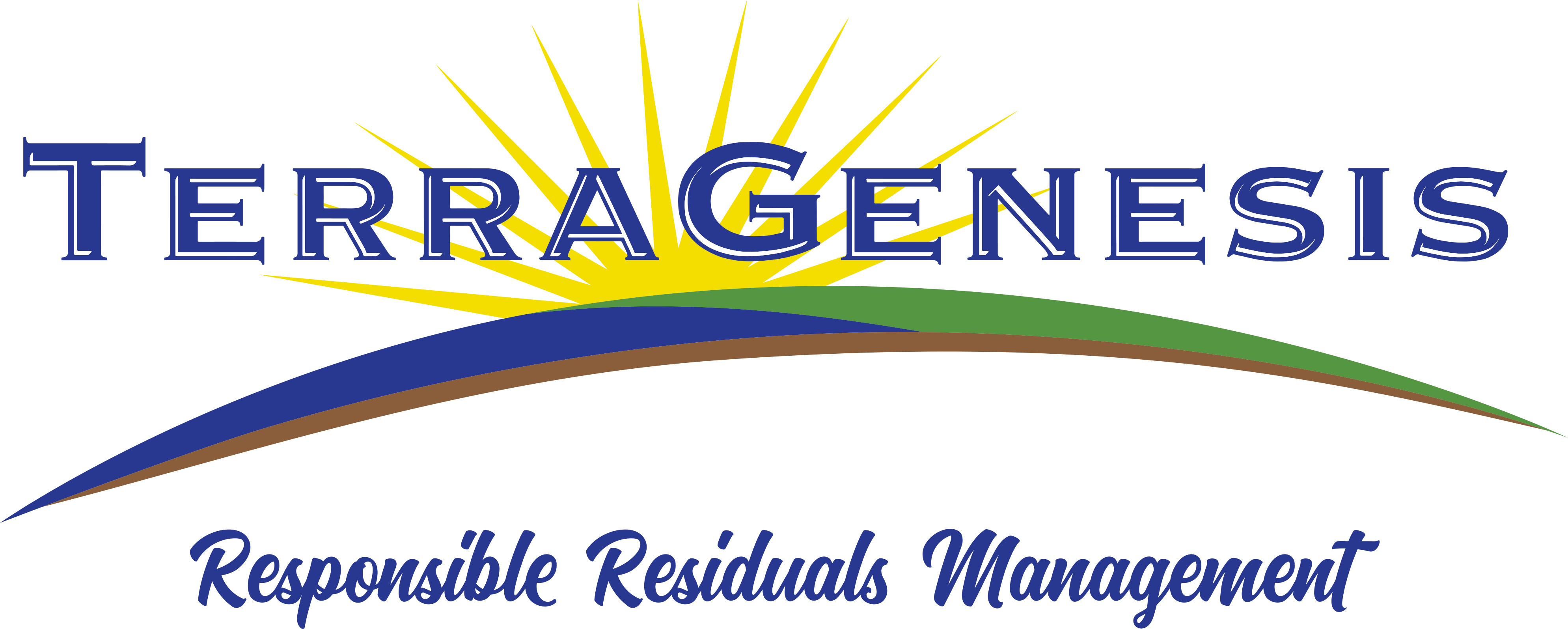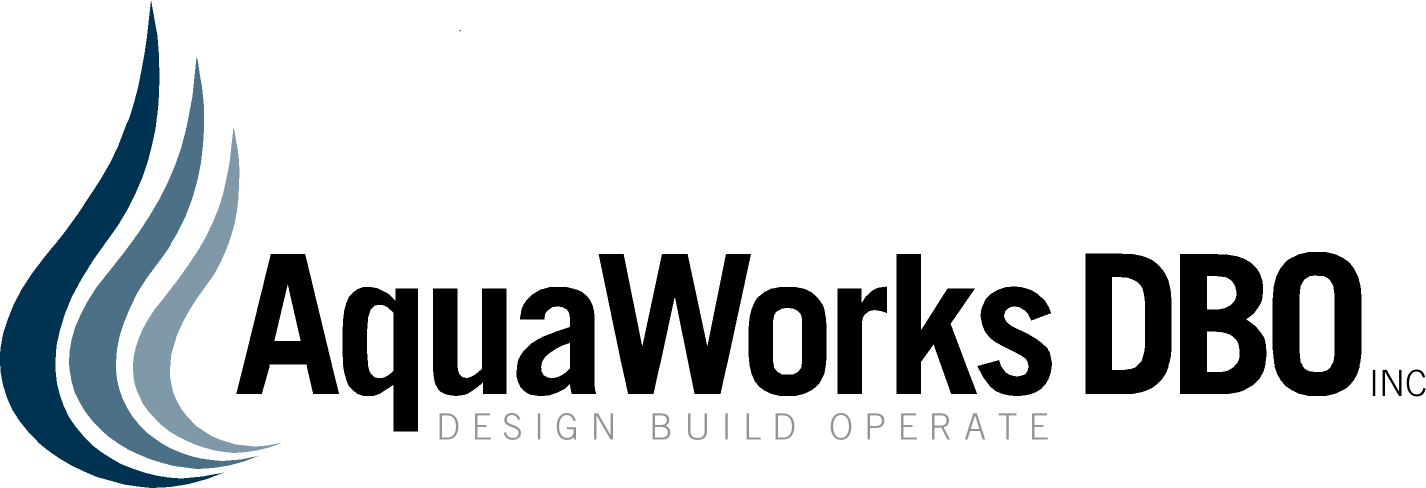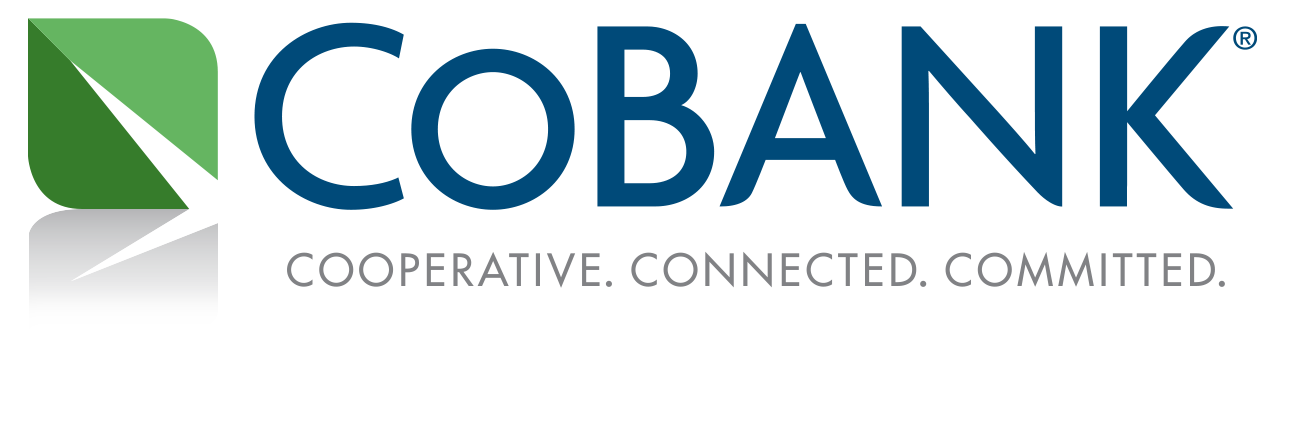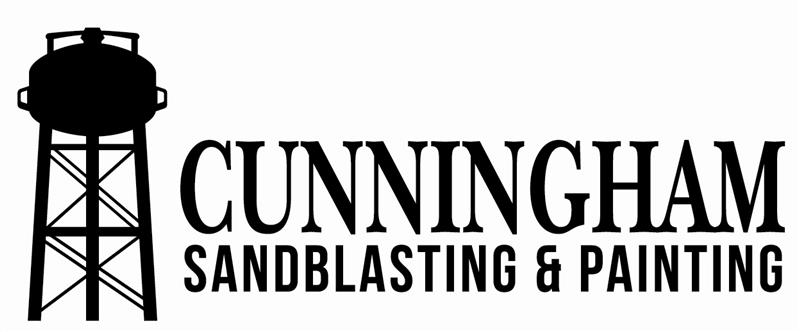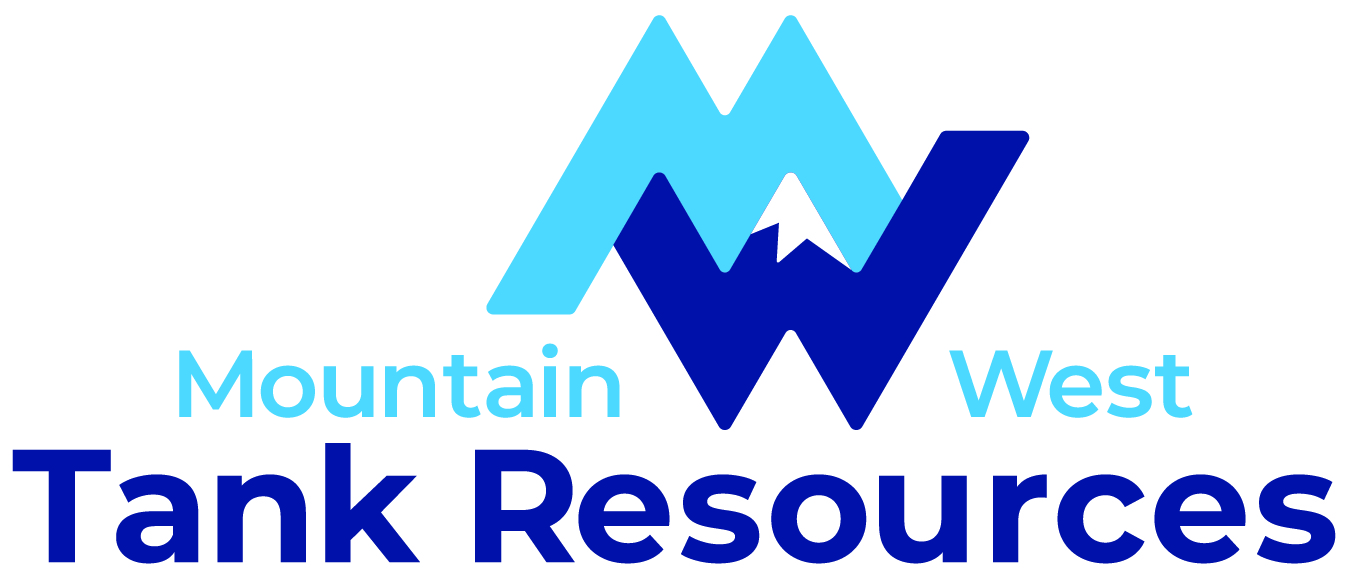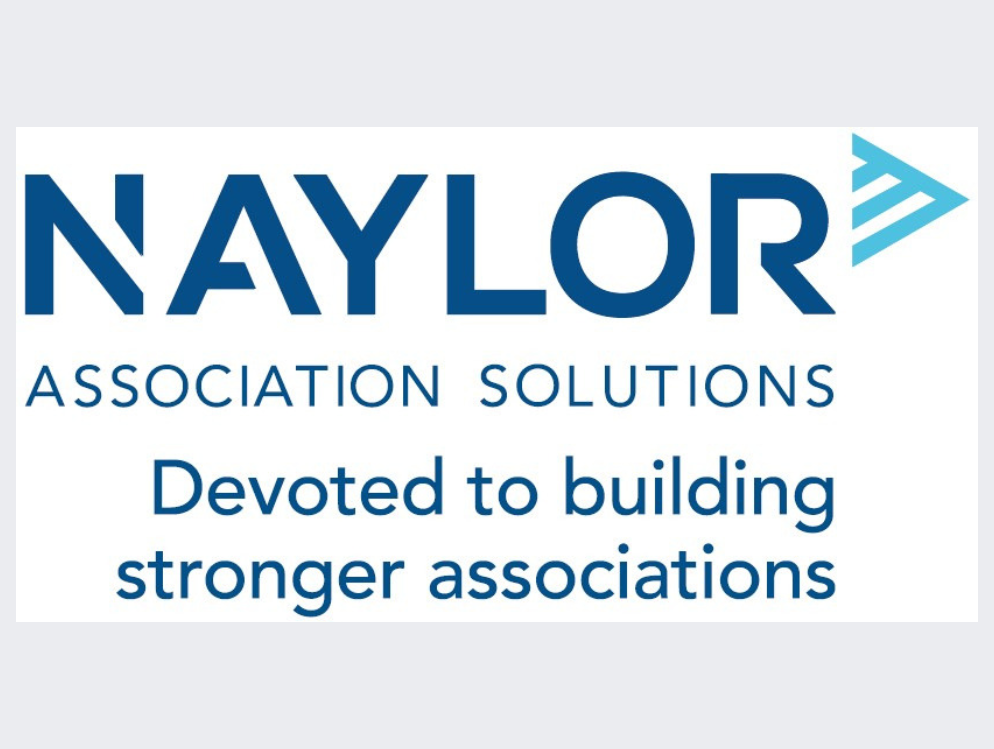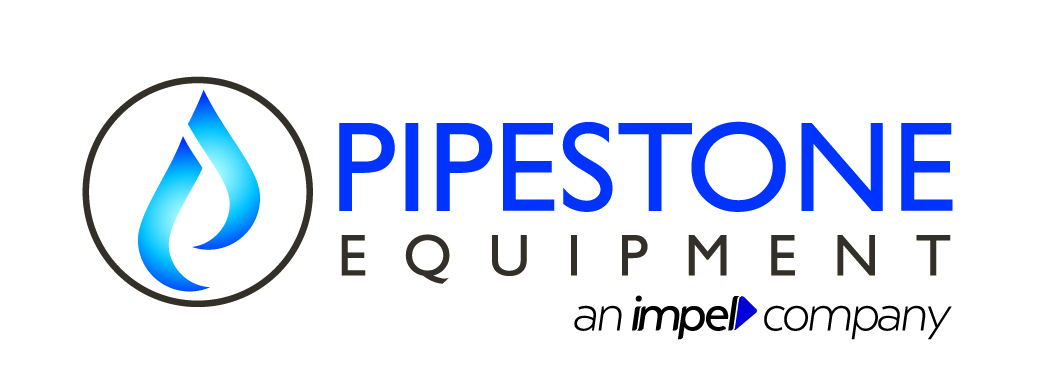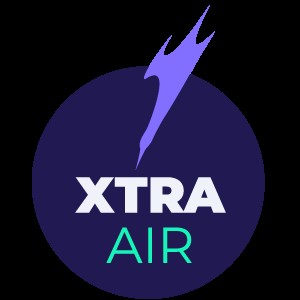Source Water Protection
"Source Water Protection was founded on the concept that informed citizens, equipped with fundamental knowledge about their drinking water source and threats to it, will be the most effective advocates for protecting this valuable resource."
What is Source Water Protection?
The 1996 Amendments to the Safe Drinking Water Act directed that each state develop a Source Water and Assessment Protection (SWAP) program. Colorado's Source Water Assessment and Protection (SWAP) program is designed to provide the public consumer with information about their drinking water, as well as provide the community a way to get involved in protecting the quality of their drinking water.
Assessment Phase:
In the first phase of the SWAP program, Colorado conducted an assessment of all its public water supplies, which provided an understanding of where each public water system's source water comes from, what contaminant sources potentially threaten the water source(s) and how susceptible each water source is to potential contamination.
Protection Phase:
Now in the second phase of Colorado's SWAP program, public water systems are encouraged to develop and implement a Source Water Protection Plan which incorporates community-based involvement and preventive management strategies to ensure that all public drinking water resources are kept safe from future contamination.
Grant Monies Available:
The state of Colorado has provided the opportunity for public water systems to receive up to $5,000 to support the development and implementation of a source water protection plan. The $5,000 Development and Implementation Grant is a one to one matching grant.
This means that grant recipients have to match every dollar of the $5,000 grant with either money or in-kind time.
The in-kind time option allows a public water system to implement a source water protection plan with little or no out of pocket expenses. Additionally, the in-kind time match promotes community awareness through increased stakeholder participation.
Please contact us for more information about the Development and Implementation Grant.
Benefits of a Source Water Protection Plan:
- Protection of a valuable resource
- Protection of public health
- Reduced risk of contamination
- Reduced cost for treatment
- Avoidance of expensive clean-up costs
- Coordination of land use
- Obtain funding with grants
Outcome of a Source Water Protection Plan":
- Stakeholder involvement
- A map outlining the Source Water Protection Area
- An inventory of potential sources of contamination (PSOC's) and local issues of concern -
- A contingency plan to ensure a safe water supply in the event of an emergency/unforeseen contamination
- Specific protection measures to address each of the PSOC's and issues of possible threats to your source water local concern
- A steering committee to develop and implement the plan.
Source Water Specialists
Source Water Specialists:
Our team of Source Water Specialists is available to provide professional on-site assistance and training to public water systems as they develop and implement a source water protection plan.
This includes:
- Coordination and facilitation of the source water protection planning process
- Source water protection presentations to local officials and the community
- Assistance with the grant application for all eligible water systems within Colorado
- Education and outreach materials
- Facilitation of the coordination, communication and collaboration between the community,
- 9 multi-jurisdictional entities, and local, county, state and federal agencies in the development and implementation of the source water protection plans
- Assistance in forming a source water protection steering committee
Contact our Team to have one of our Source Water Protection Specialists help with your communities Source Water Protection needs.
New Content
Intermountain Oil and Gas BMP Project
Check out the "Protecting Source Water in Colorado During Oil and Gas Development" report released August, 2016. The report is intended for water providers and community members interested in learning more about regulatory and non-regulatory measures to protect water quality. The publication can be found on the intermountain Oil and Gas BMP.

